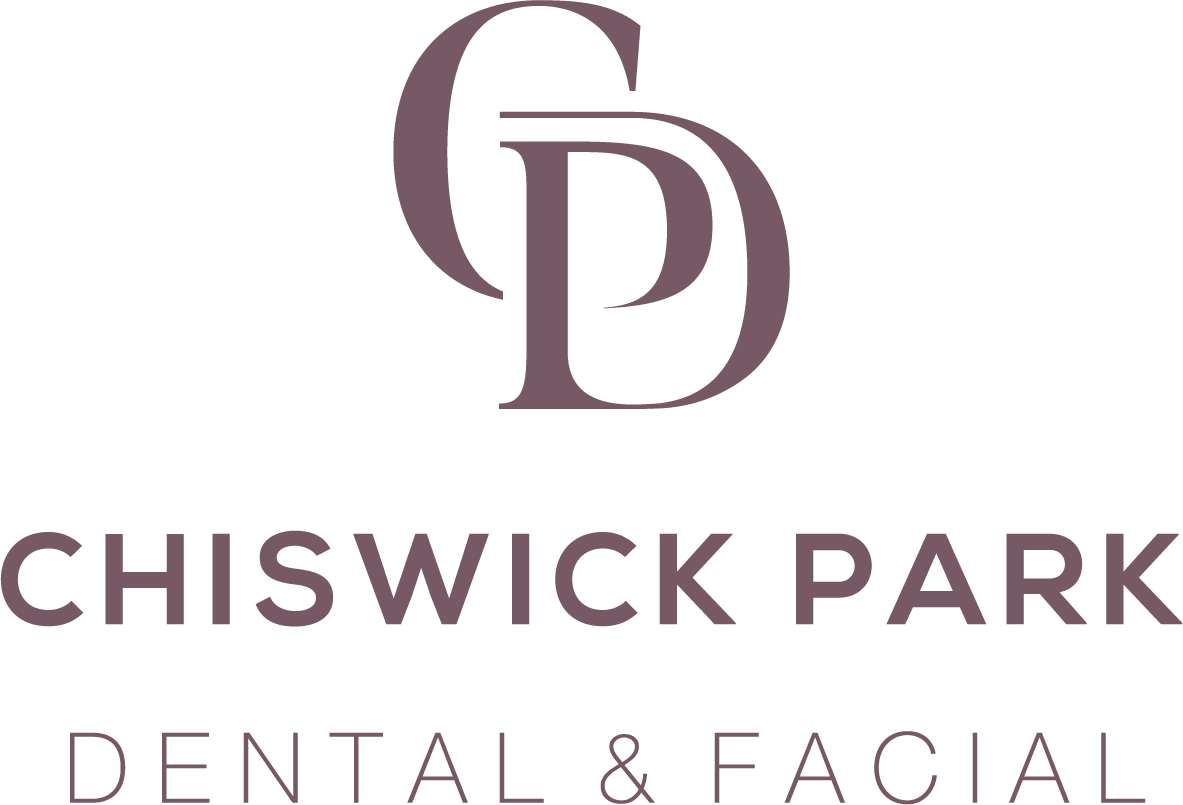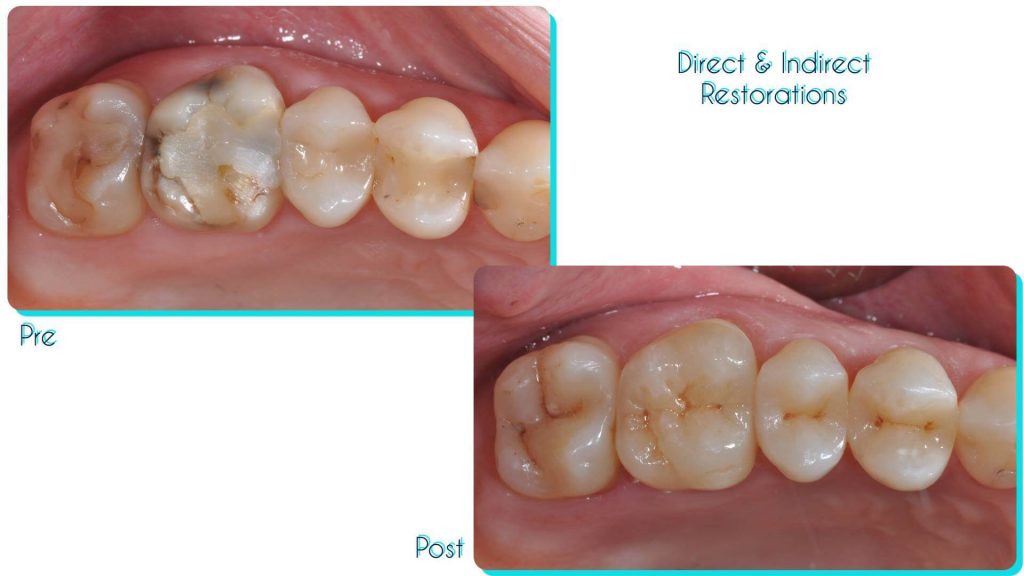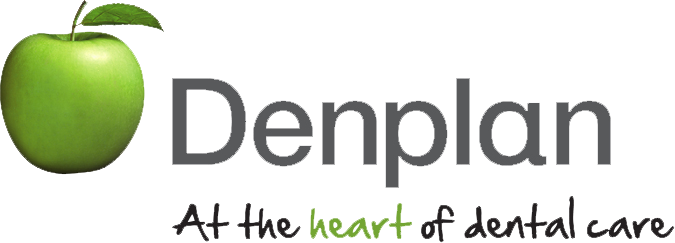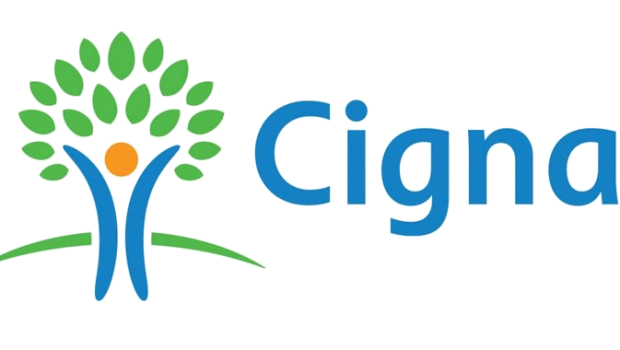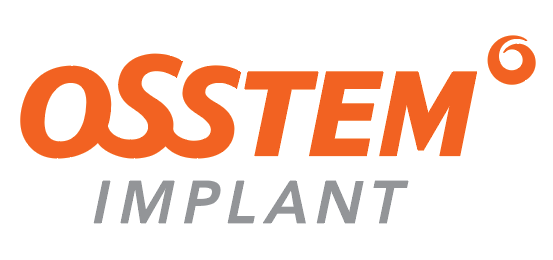Introduction:
In the world of modern dentistry, composite resin materials have revolutionized the way dental restorations are approached. At Chiswick Park Dental Practice, patients have the privilege of choosing between two main types of composite restorations: direct and indirect composites. Each technique offers unique advantages and considerations, catering to different patient needs and clinical situations. In this blog, we delve into the differences between these two approaches, shedding light on their benefits and applications.
Direct Composite Restorations:
Direct composite restorations involve the placement of composite resin directly onto the tooth structure. This procedure is often referred to as “chairside” composite restoration because it is performed in a single appointment. The dentist sculpts and shapes the composite material to match the natural contours of the tooth, achieving a seamless integration with the patient’s dentition.
Advantages:
- Single Visit: Direct composites are completed in a single visit, saving the patient time and reducing the overall treatment duration.
- Conservative Approach: This method requires minimal tooth reduction, preserving healthy tooth structure.
- Aesthetic Results: With the ability to customize the color and shape, direct composites provide excellent aesthetic outcomes.
- Versatility: Direct composites can be used for various applications, such as filling cavities, repairing chips, and closing gaps.
Indirect Composite Restorations:
Indirect composite restorations, on the other hand, involve the creation of the restoration outside of the mouth, typically in a dental laboratory. These restorations, such as inlays, onlays, and veneers, are custom-made to precisely fit the tooth structure.
Advantages:
- Enhanced Aesthetics: Indirect restorations can be fabricated with greater detail and customization, resulting in highly aesthetic outcomes.
- Durability: Laboratory-fabricated restorations often exhibit enhanced longevity and resistance to wear due to precise fabrication techniques.
- Complex Cases: Indirect composites are better suited for more extensive restorations or cases with structural damage that cannot be effectively addressed with direct methods.
- Shade Stability: Indirect restorations are less prone to staining or discoloration over time compared to direct composites.
Choosing the Right Approach:
The decision between direct and indirect composite restorations at Chiswick Park Dental Practice depends on several factors, including the patient’s oral health condition, treatment goals, and the specific clinical situation. The experienced dental team at Chiswick Park carefully evaluates each patient to determine the most appropriate approach.
Conclusion:
Both direct and indirect composite restorations play a crucial role in modern dentistry, offering patients effective solutions for improving dental aesthetics and function. While direct composites excel in their convenience and versatility, indirect composites shine when it comes to achieving intricate aesthetics and durability. At Chiswick Park Dental Practice, patients can rest assured knowing that their unique needs will be met with the highest level of care and expertise, whether through direct or indirect composite restorations.
